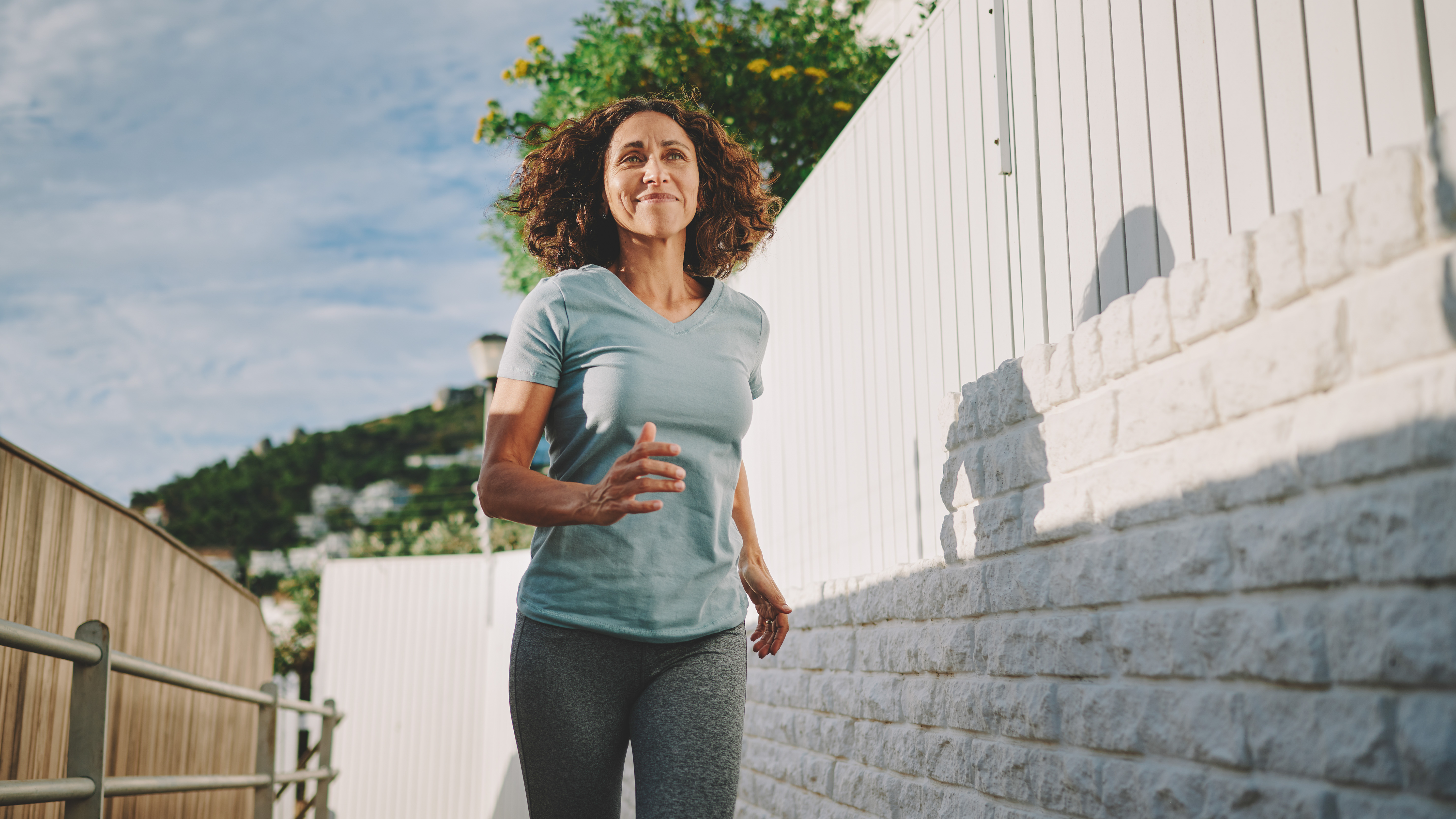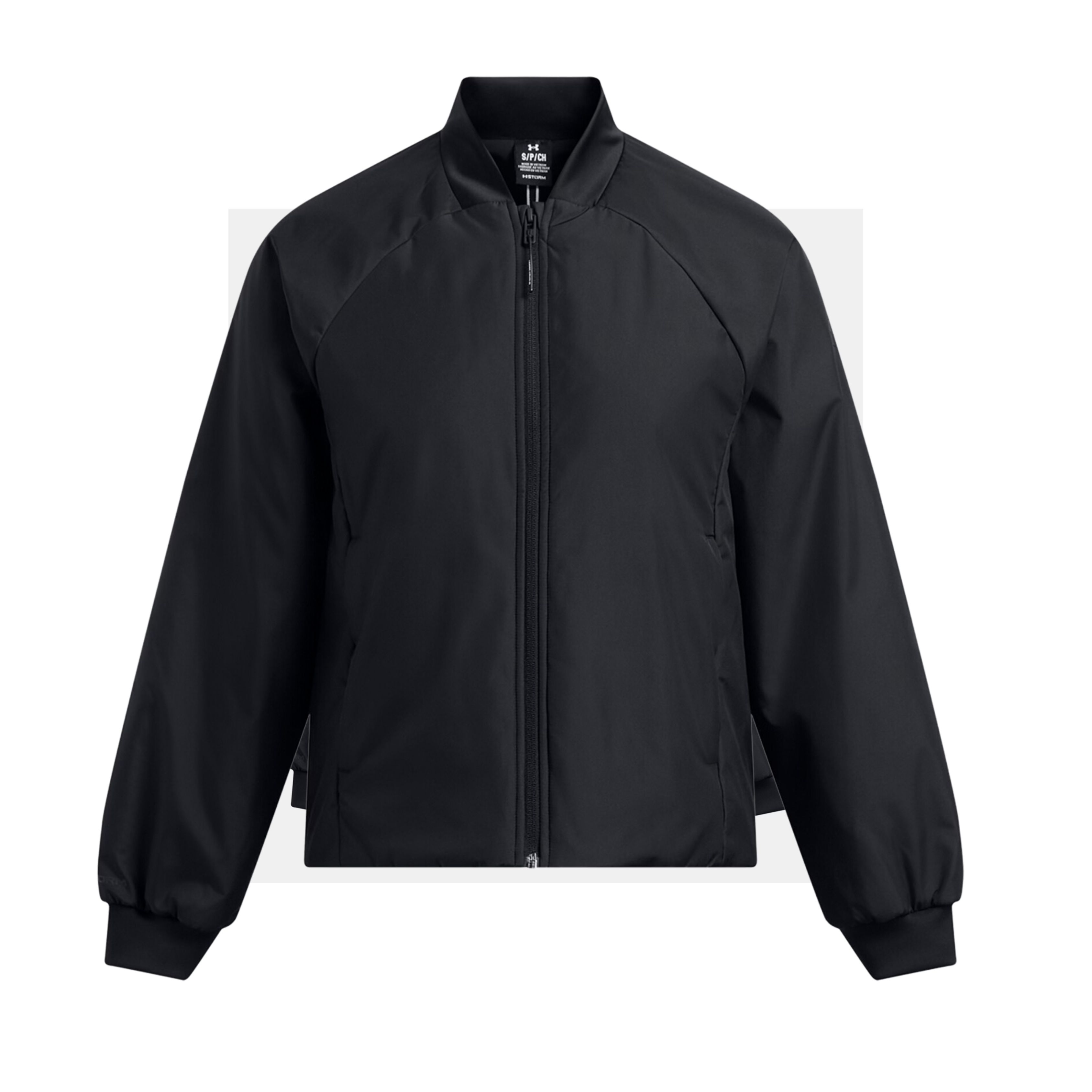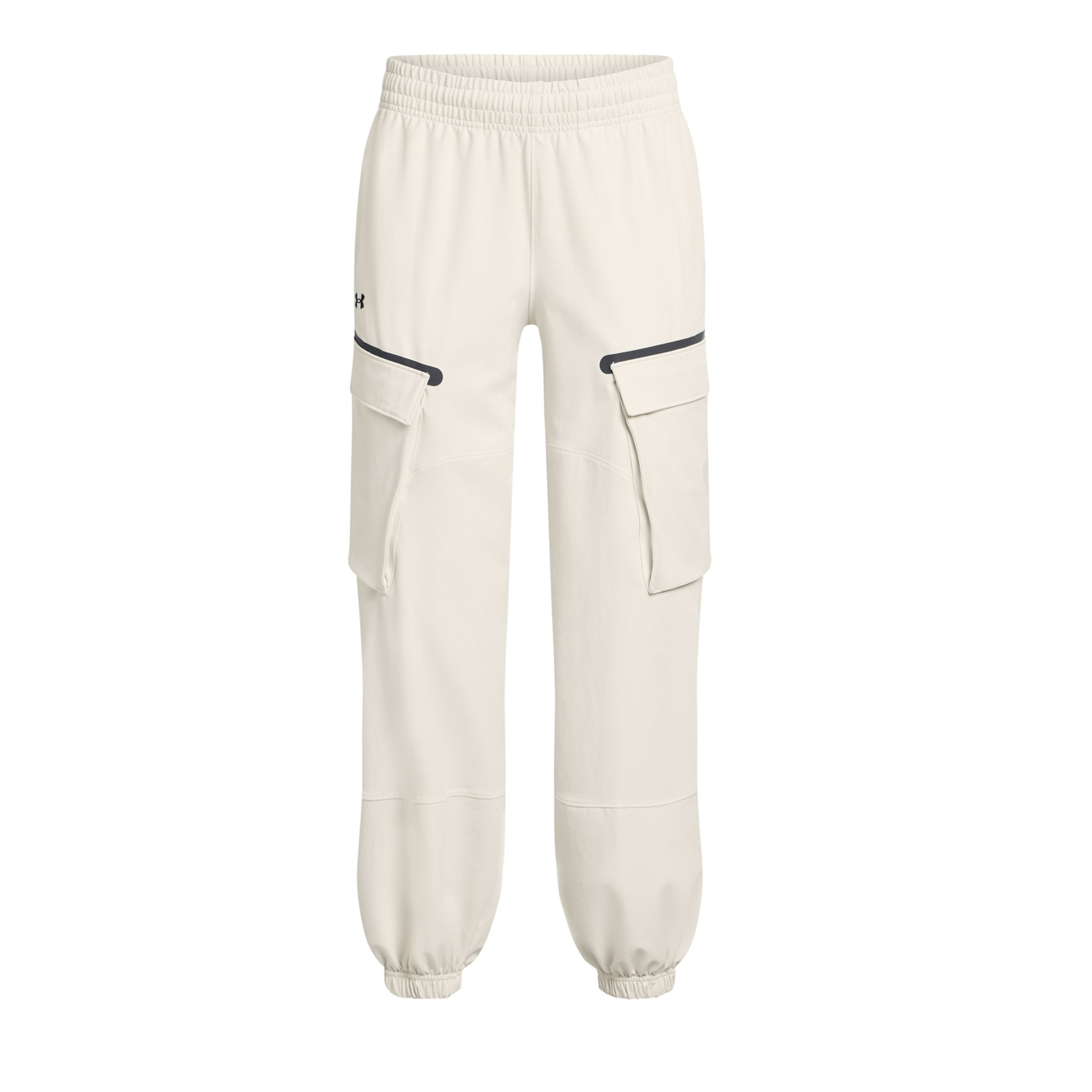I'm a fitness editor and these are the five ways I’ve changed how I exercise after speaking with longevity experts
Interviewing experts on aging has shaped my exercise habits


Why do you work out? For fun? Weight management? Mental health?
My reasons have changed over the years. In my mid-20s, I dabbled in Spin and yoga, hoping that this on-off approach would sculpt my desired look. By my early 30s, I actually started enjoying exercise—hello, running and strength training. Now, in my mid-30s, all I can think about is future-proofing my body.
Being a fitness editor has given me the chance to interview longevity experts and listening to them all speak about the dangers of muscle loss and bone density decline has been a wake-up call. So I’ve adjusted my routine—without ditching my favorite workouts. Here are five things I now prioritize.
Five longevity tips
A post shared by Fit&Well (@wearefitandwell)
A photo posted by on
Shop the look
1. Squats and deadlifts
Every trainer and physical therapist I talk to swears by two movements for longevity: squats and hinges.
You probably know squats, but might not be familiar with hinges. These hip-driven moves (like deadlifts) keep your knees quiet while your hips do the work. Strength trainer Steve Stonehouse even told me kettlebell swings—another hip-hinge movement—are a longevity essential.
Since both squats and hinges mimic real-life moves (like sitting and picking something off the floor), practicing them under heavy loads now means staying strong for everyday tasks later.
2. Functional core training
Another muscle group we should all train for longevity is the core. It’s not just your abs—it’s everything around your trunk and hips, from obliques to your pelvic floor, diaphragm, and spine-supporting muscles.
Start your week with achievable workout ideas, health tips and wellbeing advice in your inbox.
Core strength is a prerequisite for moving well. Your core is pivotal in helping you bend, twist, lift, stay balanced and even generate power from your lower body to your upper body (imagine a boxer throwing a punch). Think of it as the scaffolding that holds you together.
To move better, core training is a must—but I skip endless sit-ups and crunches. Instead, I go for functional moves that hit all core muscles, like overhead marches (holding dumbbells overhead while lifting your knees) and woodchops (swinging a weight diagonally across your body). Way more effective and less boring.
3. Regular stretching

Like most people, I sit for extended periods—so, like most people, my shoulders, hips and back pay the price.
Strength coach Steve Stonehouse explained to me that your body adapts to what you do most, so if you sit all day you’ll get really good at sitting and not so great at moving. As a result, muscles tighten, weaken and shorten.
Strength training helps, but stretching is key for restoring flexibility. My go-to is the couch stretch, which Dr Andy Fata-Chan introduced me to. To do it, you kneel on the floor, press one shin against a couch or weight bench behind you, and keep the other foot planted. It’s a lifesaver for hip flexors that are tight from too much sitting.
4. Walking more at a brisk pace
Walking is good for us, plenty of studies have told us that. A report in the European Journal of Preventative Cardiology found that walking around 4,000 steps a day can cut your risk of all-cause mortality. The risk is lowered further by walking further and picking up the pace brings extra benefits, too.
"Short bursts of higher-intensity walking, or activity in general, can lead to greater improvements in vascular health—like blood pressure—insulin sensitivity, and heart function. These improvements ultimately lower our risk for cardiovascular disease and cancers,” Dr. Matthew Ahmadi, a research fellow at the University of Sydney's Charles Perkins Centre, told Fit&Well.
I track my steps with a smartwatch, but most phones can give a rough count. I’m currently testing the Apple Watch Series 10, which automatically tracks my average walking heart rate—perfect for seeing if my pace is brisk enough.
5. Not neglecting cardio
Strength training and stretching keep us moving well as we age, but for longevity, cardio is vital. A 2024 review in the British Journal of Sports Medicine found that cardio-respiratory fitness is the strongest predictor for future cardiovascular diseases and all-cause mortaility.
I’m not a fan of fast-paced workouts but research shows HIIT can be just as effective (and maybe more effective) than steady-state cardio. So when I don’t have time for my usual run, I squeeze in short bursts of cardio instead. My go-to is a brutal 10-minute assault bike finisher at the gym (five rounds of 30 seconds all-out effort, and 30 seconds rest). Painful now, but worth it later.

Ruth Gaukrodger is the fitness editor for Fit&Well, responsible for editing articles on everything from fitness trackers to walking shoes. A lot of her time is spent interviewing coaches and fitness experts, getting tips on how to make exercise less intimidating and more accessible.
She's a keen runner and loves strength training. She also enjoys honing her yoga skills from the comfort of her living room.


